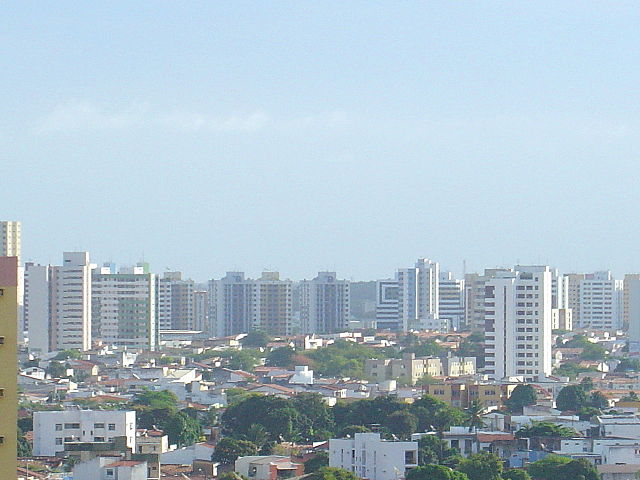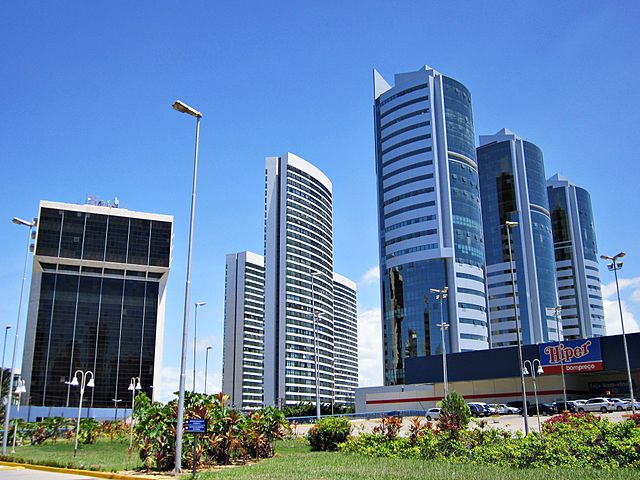Sergipe, officially State of Sergipe, is a state of Brazil. Located in the Northeast Region along the Atlantic coast of the country, Sergipe is the smallest state in Brazil by geographical area at 21,910 square kilometres (8,460 sq mi), larger only than the Federal District. Sergipe borders Bahia to the south and west and Alagoas to the north. Aracaju is the capital and the largest city in the state; the state is divided into 75 municipalities. The state has 1.1% of the Brazilian population and produces only 0.6% of the Brazilian GDP.
Aerial tramway in Aracaju.
Skyline of Aracaju.
Royal decree of King John VI, granting the administrative emancipation of the Captaincy of Sergipe on July 8, 1820.
Aracaju-Barra Bridge at night.
The Northeast Region of Brazil is one of the five official and political regions of the country according to the Brazilian Institute of Geography and Statistics. Of Brazil's twenty-six states, it comprises nine: Maranhão, Piauí, Ceará, Rio Grande do Norte, Paraíba, Pernambuco, Alagoas, Sergipe and Bahia, along with the Fernando de Noronha archipelago.
View of a sugar-producing farm (engenho) in colonial Pernambuco by Dutch painter Frans Post (17th century).
The Historic centre of Salvador, Bahia, was declared a UNESCO World Heritage Site in 1985.
Recife is the largest metropolitan area of the Northeast Region, and the third largest city of the region.
Coconut trees in Pernambuco








